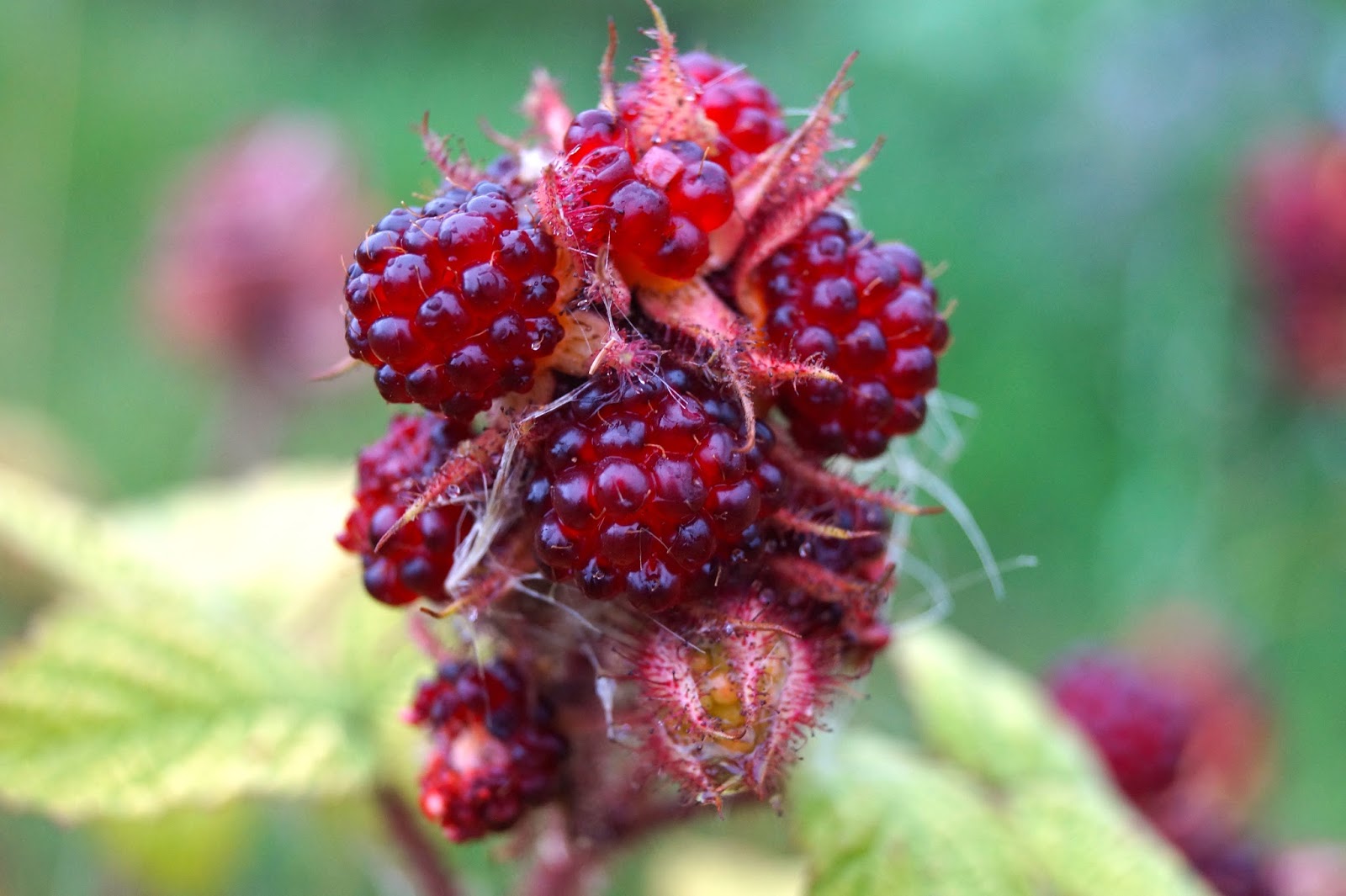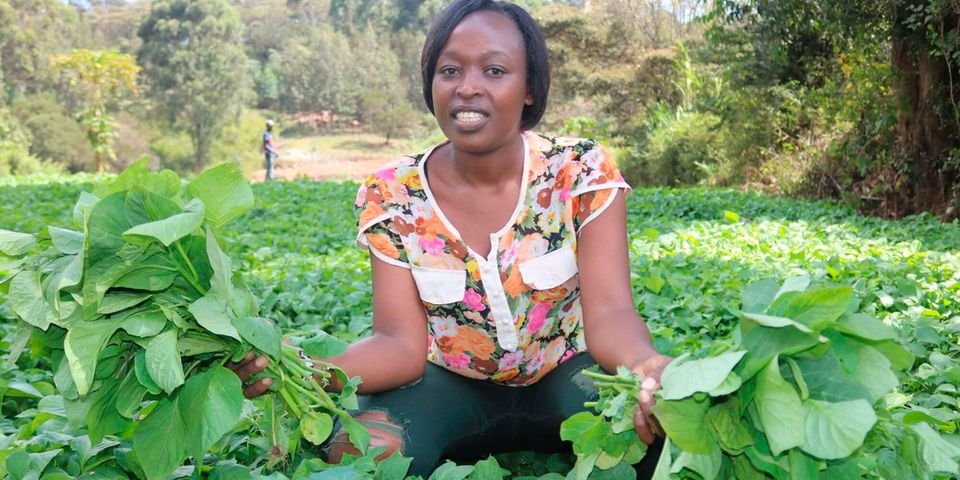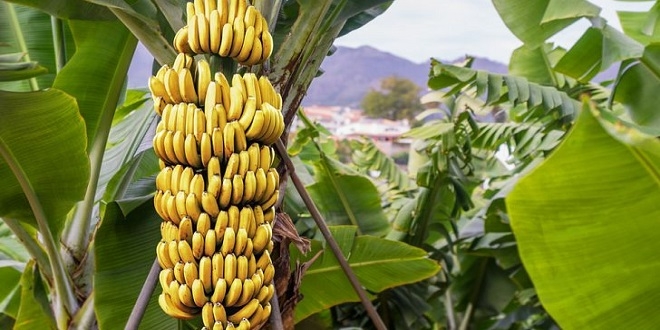Wineberry (Rubus phoenicolasius), also known as wine raspberry or wine raspberry bush, is a species of berry-producing plant native to Asia, particularly Japan, China, and Korea. It is closely related to raspberries and blackberries. While wineberries are not commonly grown in Kenya, it is possible to cultivate them under the right conditions.
Climate: Wineberries thrive in temperate climates with cool summers and cold winters. In Kenya, their successful cultivation would require regions with cooler temperatures, such as higher-altitude areas like parts of the Rift Valley, Mount Kenya, or the Aberdare Range. These areas experience cooler temperatures, which are more suitable for wineberry cultivation.
Soil: Wineberries prefer well-drained soil that is rich in organic matter. A fertile soil with a slightly acidic to neutral pH (around 6.0 to 7.0) would be ideal for their growth. Conducting a soil test to assess the pH and nutrient content of the soil can help determine if it is suitable for wineberry cultivation.
Sunlight: Wineberries generally thrive in full sun to partial shade. They require at least 6 hours of direct sunlight each day to ensure optimal growth and fruit production.
Watering: Wineberries require regular watering, especially during dry periods. Adequate moisture is essential for the development of the berries. However, it is important to avoid overwatering, as excessive moisture can lead to root rot or other fungal diseases. Maintaining proper soil moisture is key to successful wineberry cultivation.
Pruning: Pruning is necessary to maintain the health and shape of wineberry plants. It is typically done during the dormant season (late winter or early spring) when the plants are not actively growing. Pruning helps remove dead or diseased wood, promotes airflow, and encourages new growth for optimal fruit production.
Pest and Disease Management: Wineberries are susceptible to certain pests and diseases, including aphids, spider mites, raspberry cane borers, and fungal infections. Regular monitoring, proper sanitation, and the use of organic or chemical controls, if necessary, can help manage these issues and ensure the health of the plants.
Plant Characteristics: Wineberry plants are deciduous shrubs that can reach a height of about 4 to 6 feet (1.2 to 1.8 meters). They have thorny stems and palmate leaves with toothed edges. The berries themselves are small and round, resembling red or orange-red raspberries, and are covered in fine hairs.
Growing Season: Wineberries typically flower in late spring or early summer, with fruit ripening from mid to late summer. The berries are ready for harvest when they turn deep red or purplish and easily detach from the plant.
Flavor and Culinary Uses: Wineberries have a sweet and slightly tart flavor, often described as similar to raspberries or blackberries. They can be eaten fresh, used in jams, jellies, pies, and other desserts, or even incorporated into beverages such as wines or fruit-infused spirits. Wineberries are also known for their vibrant color, making them an attractive addition to culinary creations.
Nutritional Value: Wineberries are a good source of vitamins, minerals, and antioxidants. They are particularly rich in vitamin C, providing a significant boost to the immune system. Additionally, they contain dietary fiber and offer various health benefits associated with antioxidant compounds.
Benefits of Growing Wineberries: Growing wineberries can have several benefits. They can provide an additional crop option for farmers, diversifying their produce and potentially increasing income. Wineberries also have ornamental value due to their attractive foliage and bright berries, making them suitable for home gardens or landscaping purposes. Furthermore, wineberries are relatively low-maintenance plants compared to some other fruits, making them accessible to growers with limited resources or space.
Importance of Local Adaptation: When considering growing wineberries in Kenya, it is important to select suitable varieties and ensure they are adapted to the local climate and conditions. Choosing varieties that are more tolerant of heat or have been successfully grown in similar climates will increase the chances of success.
It is important to note that the successful cultivation of wineberries in Kenya may require specific expertise and careful consideration of local conditions. Consulting with local horticulture experts, agricultural extension services, or organizations specializing in berry cultivation can provide valuable guidance and assistance tailored to the specific region where you intend to grow wineberries.
It’s also worth noting that since wineberries are not commonly cultivated in Kenya, availability of planting material (such as specific wineberry varieties or cultivars) may be limited. Therefore, sourcing suitable plants or seeds for cultivation may require additional research and exploration.
Remember to always consult local agricultural experts, extension services, or horticultural organizations for tailored advice based on the specific region and conditions in which you plan to grow wineberries. They can provide valuable insights and assistance regarding cultivation techniques, potential challenges, and crop management practices.





